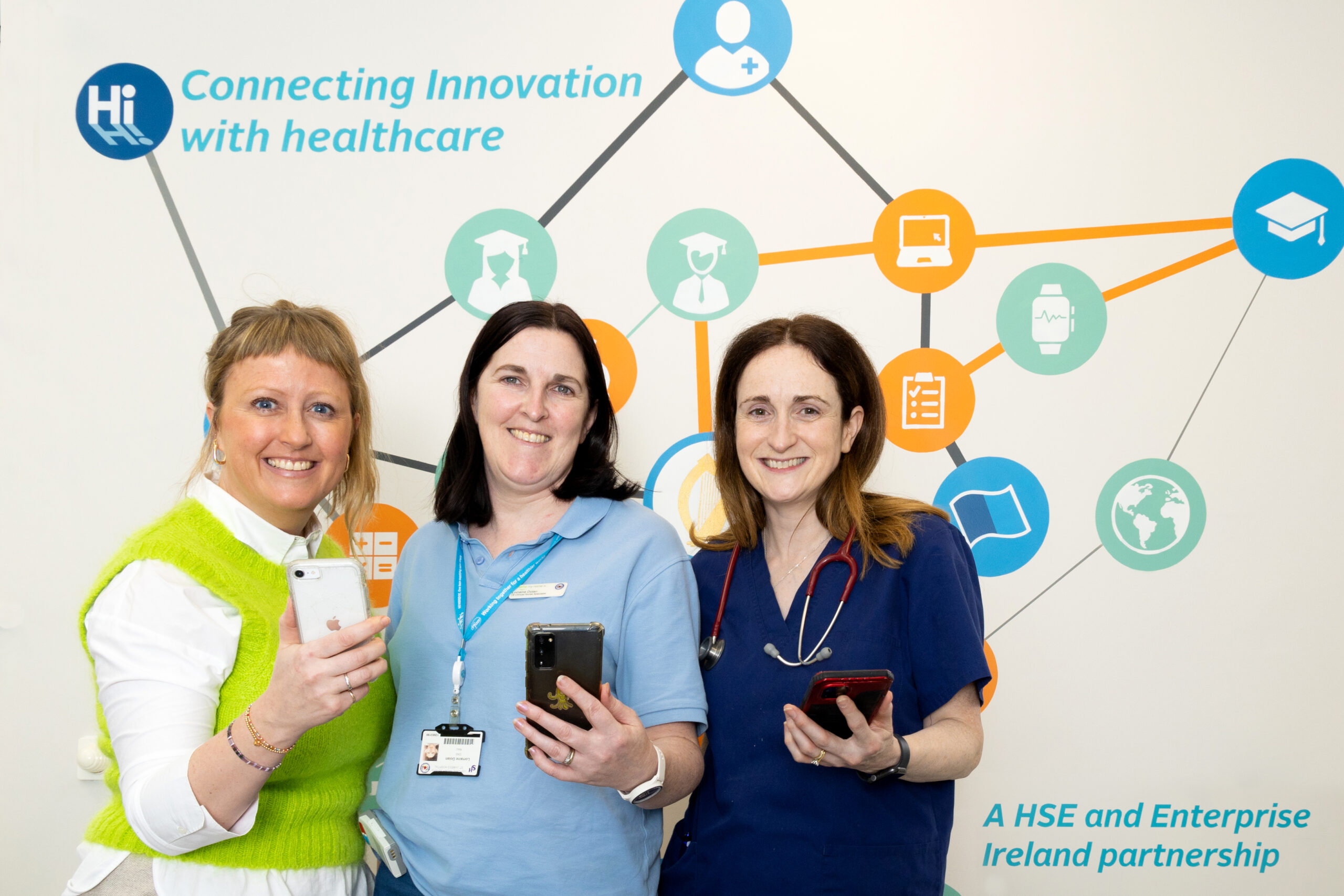New Irish TB smartphone study, published on world TB day, shows huge HSE cost reduction, increased patient satisfaction and cuts nursing time from up to 60 minutes to 1 minute

On World TB Day a new national TB study reveals a smart health option would cost the HSE just 8 per cent (€300) per patient, compared to current system cost of €3,362 per patient, over a six month treatment period. The Health Innovation Hub Ireland (HIHI) and national TB centre study of 34 patients over 18 months, investigated the use of technology against in person care in Tuberculosis (TB) medication adherence. 16 study participants were on the current Irish standard of care, Direct Observed Therapy (DOT) – a public health nurse must physically witness patients taking medication. 18 participants were randomised to the World Health Organisation (WHO) recommended UK and US standard of care – Video Observed Therapy (VOT). Patients take TB medications remotely, recording through their smartphone and sending securely to the clinical team. A total of 3,634 videos were viewed during the study period. Results reveal:
- Revenue – HSE financial and budget implications: Using the current method of Direct Observed Therapy (DOT) HSE cost is €3,362 per patient over six months, compared to €300 Video Observed Therapy (VOT) for same period.
- Workflow – HSE resource saved: Time for each public health nurse to carry out DOT in person using hard copy records for one patient was up to 60 minutes. For VOT each patient video was on average one minute at the computer.
- Clinical pathway – Patient self-management: Seven participants were transferred from DOT to VOT due to inability to comply with DOT citing work hours, or reported undue stress due to DOT Patient sentiment with VOT was extremely positive. VOT empowered continuation of normal work/life routines and taking medications at a time convenient to them. Contrastingly, those on DOT had to be available at set times suitable to the public health nurses, which was disempowering and restrictive..
The study also proved that VOT had higher levels of treatment observation in the first two months of treatment and remained consistently high throughout treatment compared to DOT. VOT can facilitate twice daily dosing at no additional cost. For patients on twice daily dosing on DOT, typically the second afternoon dose in the PM could not be facilitated due to time constraints of the public health nurse. As a result, not all doses were observed which is a significant health risk.
Co- Principal Investigators TB Clinical Nurse Specialist Lorraine Dolan and Prof Ann Marie McLaughlin said:
“TB remains a public health imperative. We are using World TB day to urge the Irish health system to review TB care in Ireland based on the overwhelming results of this new study. VOT is hugely cost saving; time saving across staff teams, supports patient self-management and increased TB patient medication observation per day. Due to resource constraints in Ireland, the Health Protection Surveillance Centre advises selective DOT. However, universal observation is most beneficial to stop the transmission chain and resource is not an issue using VOT.”
Convinced of the efficacy of VOT in TB care, TB Clinical Nurse Specialist, Loraine Dolan, approached HSE and Enterprise Ireland partnership, Health Innovation Hub Ireland, in 2019 to collaborate on the first of its kind research study in Irish TB care. The study site was the National TB Centre, St James’s Hospital, in the outpatient department, incorporating the Respiratory Assessment Unit.
Health Innovation Hub Ireland Manger, Dublin, Eimear Galvin said:
“Health Innovation Hub Ireland focus is introducing innovative solutions to our health system that meet priority needs of Irish patients. HIHI was thrilled to work with the TB team to deliver this important study, which shows that innovative technology delivers remarkable health system savings, increases treatment access and supports self-management in the community. The need for this kind of remote care and patient self-management is even more obvious now since Covid-19.”




